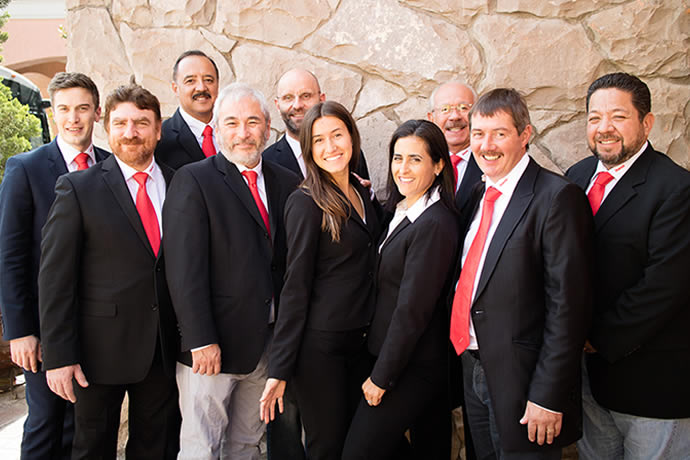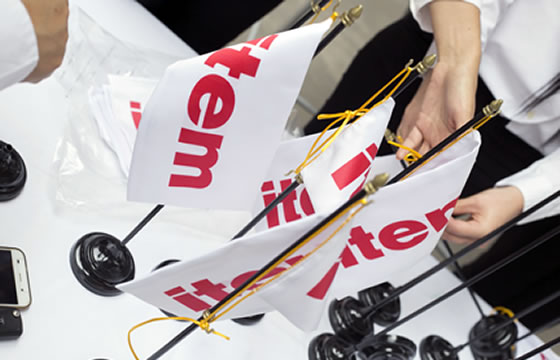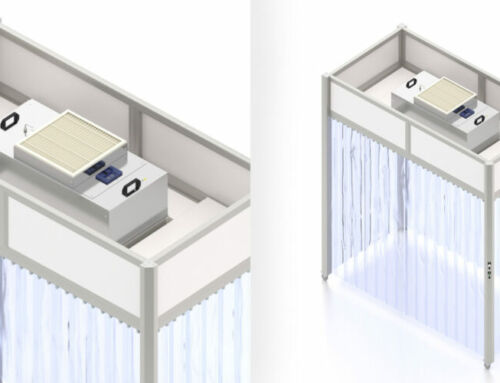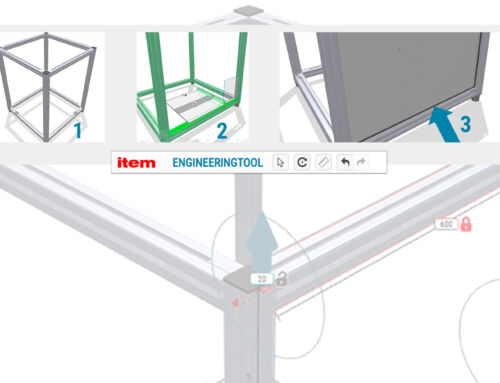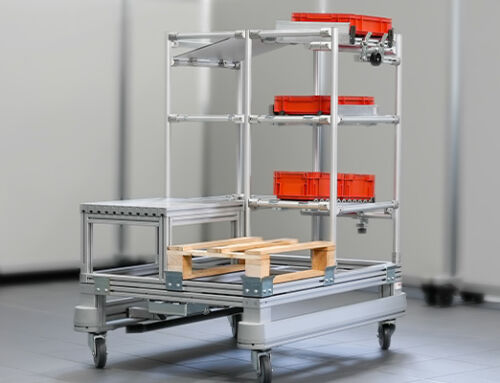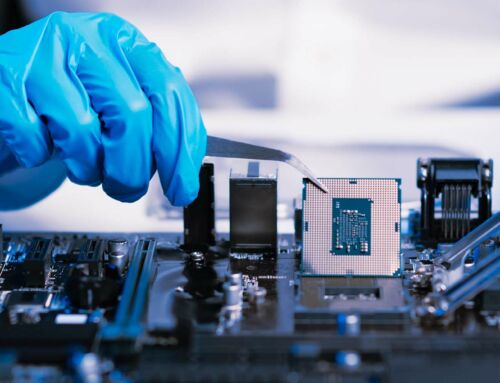TUM students are turning the vision of a high-speed tube transport system for passengers and freight into reality.
American billionaire Elon Musk certainly isn’t short on bold visions for future mobility. Some of them, like Tesla electric cars, are already available for everyday use. Musk’s aerospace company SpaceX won’t only be employing reusable rockets to help reduce the amount of hazardous space junk in low-Earth orbit in years to come. It will also be taking people to Mars in the near future. Very much on the ground but no less ambitious is SpaceX’s Hyperloop project, which will soon see passenger and freight capsules linking urban centres on America’s West Coast at the speed of sound using a similar concept to a pneumatic delivery system. TUM (Technical University of Munich) is one of the frontrunners in a student competition focusing on Hyperloop.
Hyperloop – hovering at reduced pressure
Hyperloop’s drive concept is based on the technology of maglev systems such as the Transrapid. Electromagnets draw along the capsules while keeping them suspended. At the same time, a vacuum is generated inside the tubes. These two things combine to minimise the frictional resistance acting on the capsules and should enable speeds of 1,200 km/h in everyday operation. A number of research institutes and companies across the globe are currently working on concepts for using Hyperloop technology in everyday applications. In the medium term, Hyperloop systems could thus become an alternative to short-haul flights.
In getting to this stage, SpaceX has so far been harnessing the innovative strength of universities. Since 2015, it has been running annual Hyperloop student competitions. One of the frontrunners is WARR, TUM’s Scientific Workgroup for Rocketry and Spaceflight. The team currently comprises over 35 students from all kinds of different disciplines. SpaceX started by selecting the 120 most promising designs from over 700 submissions and inviting the teams behind them to a design weekend at the Texas A&M University.
TUM’s successful Hyperloop prototype
In early 2016, a panel of judges shortlisted the 22 best concepts from these 120 submissions to do battle in prototype form just under a year later at a specially designed test track in California. The WARR team was shortlisted along with some prominent rivals, including a team from the Massachusetts Institute of Technology (MIT). Following a number of on-site safety tests, WARR’s Hyperloop was one of only three capsules approved for testing on the 1.25-kilometre test track and promptly secured the title of fastest capsule – with a speed of under 100 km/h.
When the competition resumed at the same location at the end of August 2017, this time with the focus entirely on the final speed achieved, the TUM team’s 80 kg POD II significantly outperformed its rivals. It reached a top speed of 324 km/h, while its competitors once again achieved values around the 100 km/h mark. One key factor in the success of the overall concept was the capsule having its own drive unit with a 50 kW electric motor.
High outlay with an uncertain outcome
In addition to being congratulated in person by Elon Musk, the WARR team also made quite a name for itself and for TUM with its achievement. The high costs associated with building the prototype and entering the competition were mainly covered by high-profile sponsors such as Airbus. At its current stage of development, the full-size WARR Hyperloop pod – weighing 600 kg and with a maximum load capacity of 100 kg – reaches an estimated speed of 350 km/h. But the students have plenty of time to optimise their design before the next event in summer 2018.
Want to stay up to date on innovative engineering?
It couldn’t be easier – simply subscribe to the item blog by completing the box at the top right!
